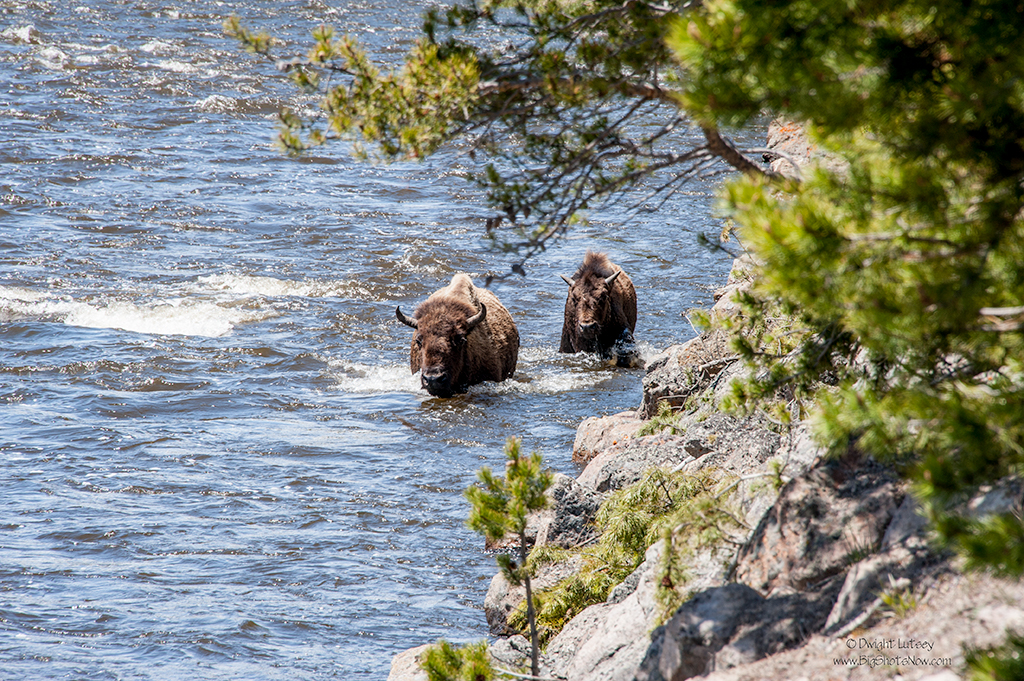
Boy oh boy oh boy are we here at *The Institute excited. It’s Spring and time for one of the greatest, if not the most unlikely, spectacles ever to occur in Nature. We’re talking about the Buffalo Spawn that happens every April along the Firehole river in Yellowstone National Park. This phenomenon was first discovered several years ago by one of our free range wildlife photographers working on a separate project in Yellowstone and we have been fortunate to document this amazing process ever since.
The Institute, as has been noted many times in the past, has many ongoing projects underway at all times and the one our photographer was working on at the time this spawning phenomenon was noted, was a study on why river banks are just wide enough to accommodate the water that flowed through them and no wider, when he noticed strange behavior in the buffalo herds. The buffalo began gathering at the riverside jostling and shoving each other until they began to frantically enter the water and begin moving up-stream. Sometimes singly or in pairs, cows and bulls alike struggled upstream against the current in a single-minded desire to reach the shallows at the headwaters of the river to begin their spawning.
No obstacle was too great to keep them from moving ever upstream, clamoring over rocks and boulders, leaping mightily up water falls, their coats and horns glistening in the sun as they swam exhaustedly against the raging current, struggling until they reached that final tributary where they had been created many years ago. There under the light of a full moon the cows released their eggs and the bulls their sperm and as the river slowly allowed fertilization the eggs containing the new buffalos began to tumble downstream through rapids and wide gentle bends until catching up against a snag lying across the stream, or a pebble bed where they could sink into safety amongst the stones and germinate, the eggs rested, began to grow, and thereby begin a new generation of buffalo.
Life is never a sure thing here in Yellowstone and the eggs were at constant risk of being found and devoured by predators. Wolves hungry as only wolves can be searched constantly along the riverbanks looking for egg clusters that had attached to rocks or plants along the shore and finding them, greedily devoured them for the protein that future young buffalo calves could provide them while in their embryonic state.
Grizzlies could be seen out in the middle of the river casually turning over great snags, the remains of giant trees that had fallen into the river to float downstream until they lodged themselves in the shallows and found a permanent home. Ripping the snags apart with their tremendously strong forearms and sharp claws, the egg clusters of the new buffalo generation were easy pickings for the mammoth beasts to find and consume.
But life always finds a way. And many of the eggs escaped detection and over time developed into their next phase of development which of course is the ‘buffpole’ stage where they began to grow their little hooves and tails and assume the shape we recognize as ‘Buffalo’. By now they had been fed steadily by the nutrients in the river and were beginning to break free from the egg sack that had enveloped them. If the light was just right these small fry could be seen forming little groups or herds, galloping from one place of safety in the water to another, gaining strength and nimbleness needed to leave the confines of the river and move on to land to begin their new lives as the Giants of the Plains, the buffalo.
Once established on land the new young buffalo, now known as ‘calves’, would be adopted by an adult female or ‘cow’ and be nursed and shown how to graze. They grew rapidly and were now totally independent of the river from which they formed. Yet you can still see some remnants of the behavior established in their early stages, such as when they gather in large groups or ‘herds’ and run thundering from one place to another for no apparent reason. This is a hold over from their schooling behavior when they were freshly formed fry in the river, and now it has become established as part of their genetic behavior on the land.
If you want to observe this spawning behavior of the buffalo you must hurry to Yellowstone because it doesn’t last long. Once it starts the buffalo are tireless in their obsession to get upstream and complete the spawning process that ensures that the new herd will be replenished. It is often over before you arrive, in fact if you are reading this now in May, you’ve already missed it. Sorry, but we can assure you that it does happen as proven by the huge number of buffalo seen grazing in the vast meadows of Yellowstone National park. After all where else could they have come from.
* Note: For those of you unfamiliar with The Institute and what it does, please see the page labeled The Institute on the Menu Bar above. That should explain everything. You shouldn’t have one single question remaining regarding The Institute after reading it. None. For those of you favored few who already know about the Institute, Nevermind. Return to your daily activities. Thank you for your support.

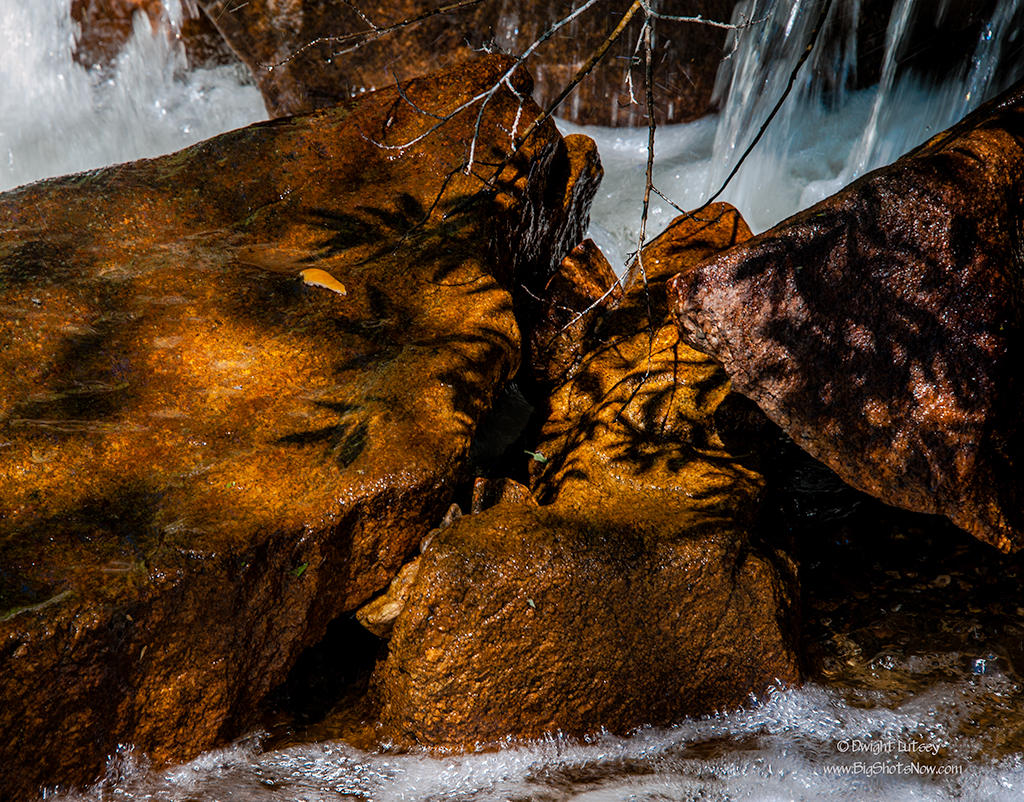
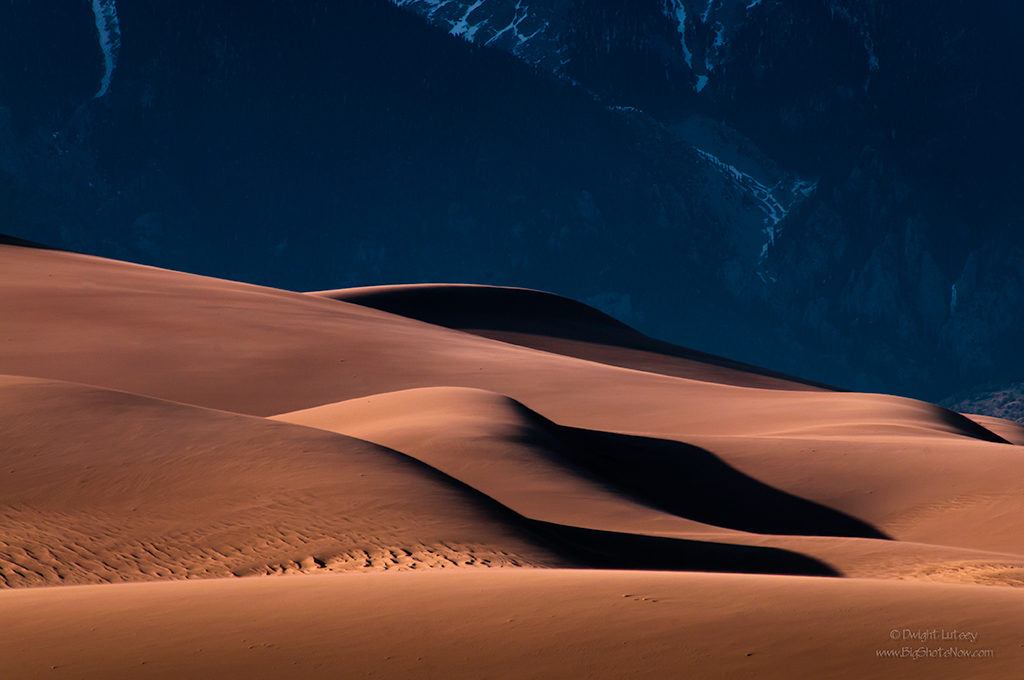
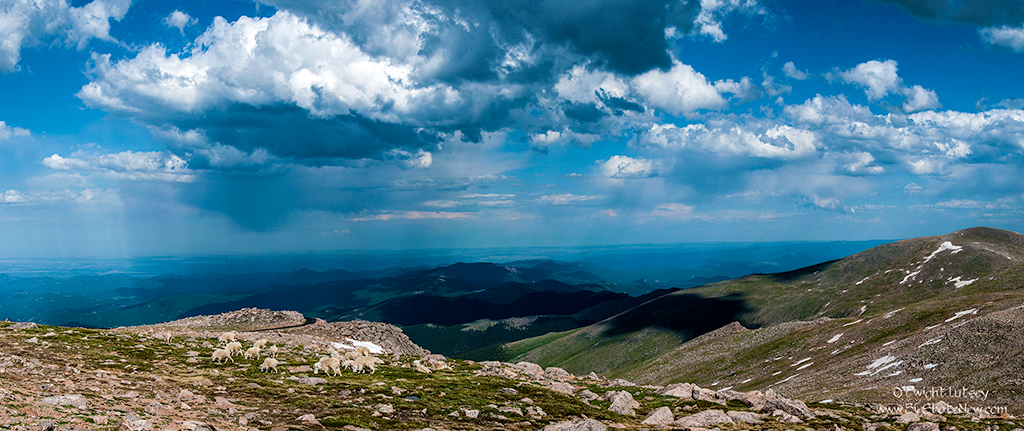

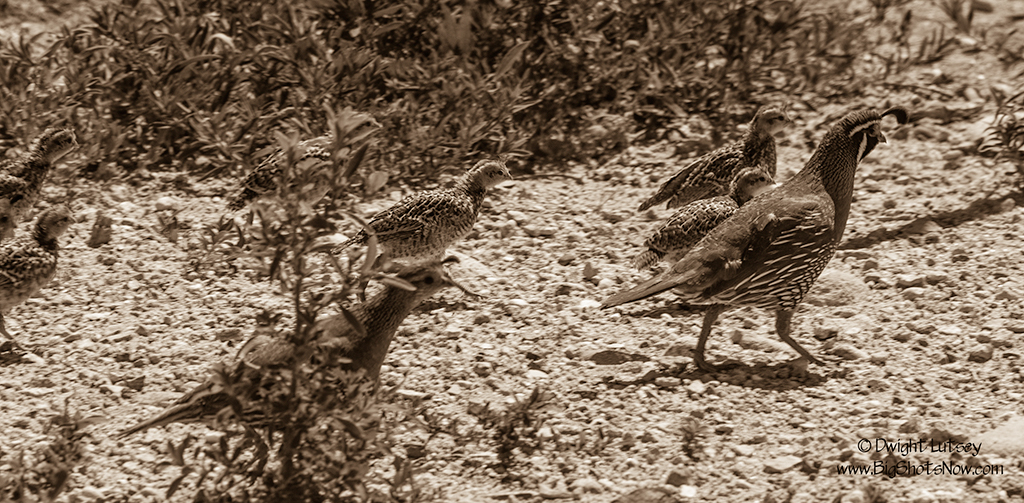

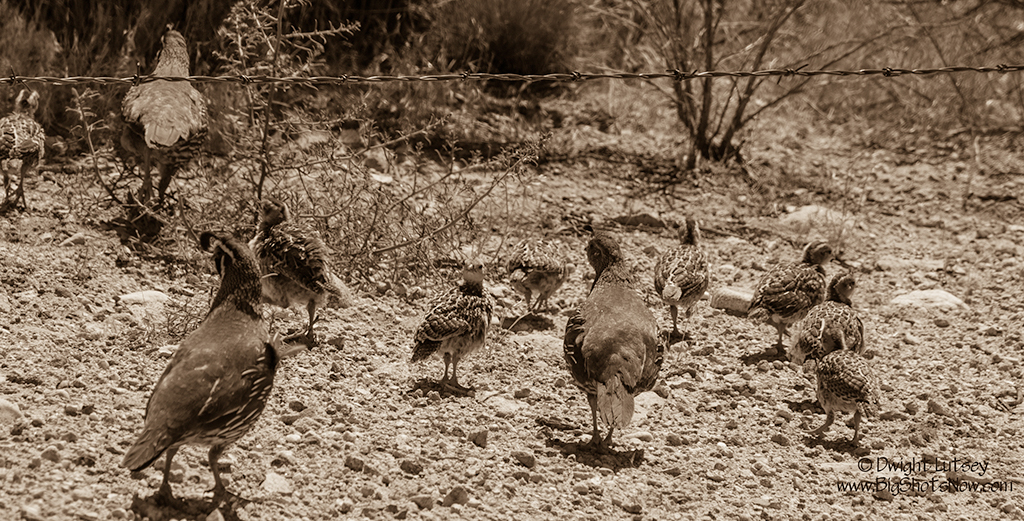
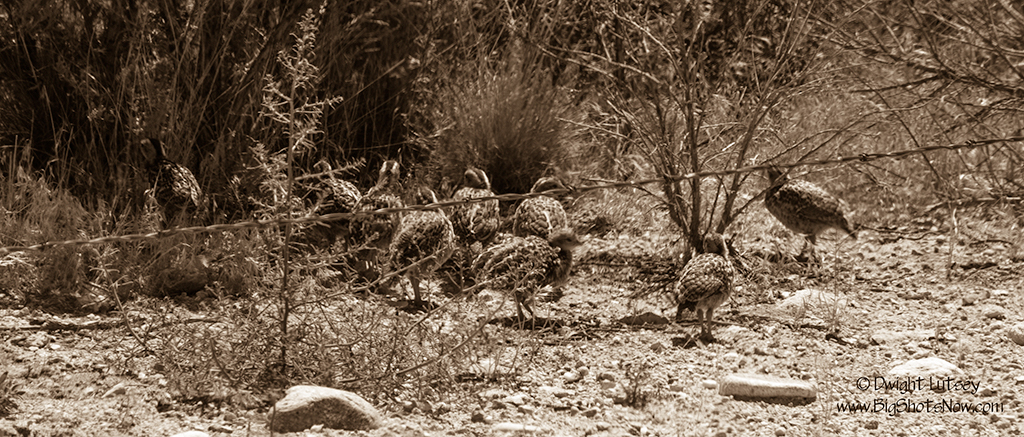
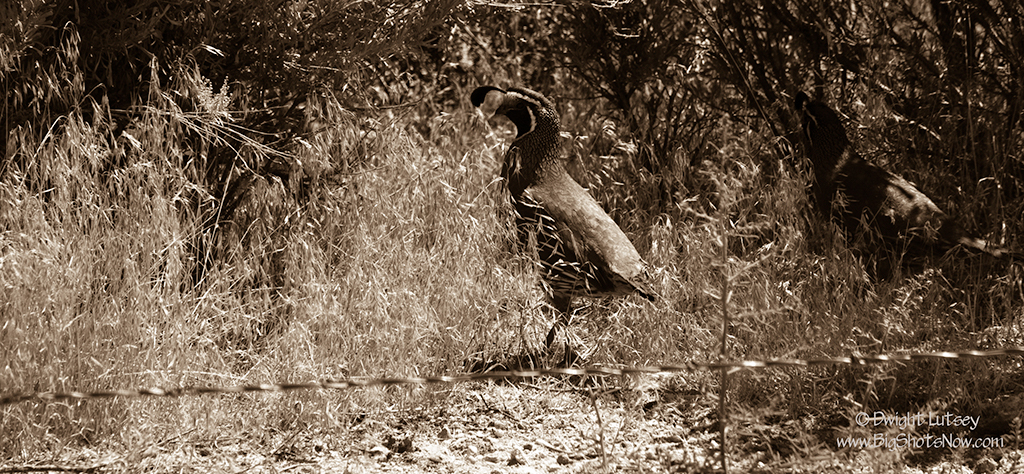
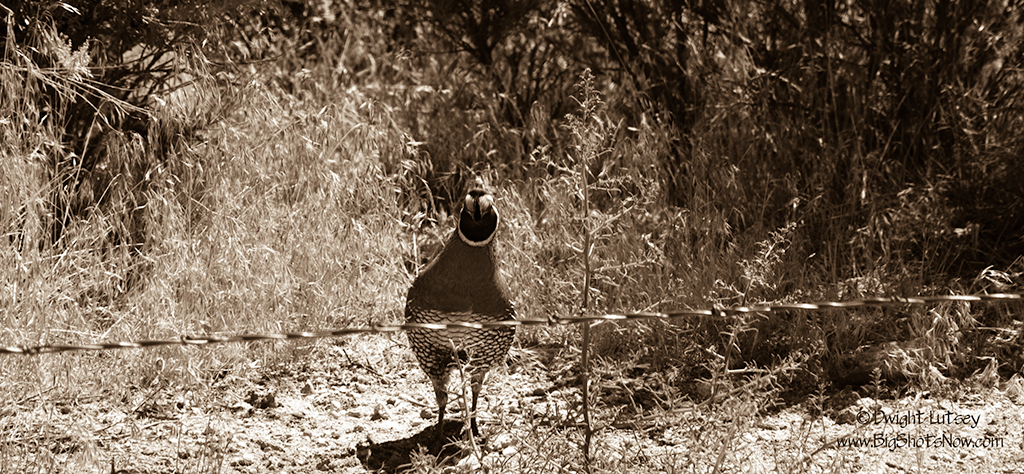
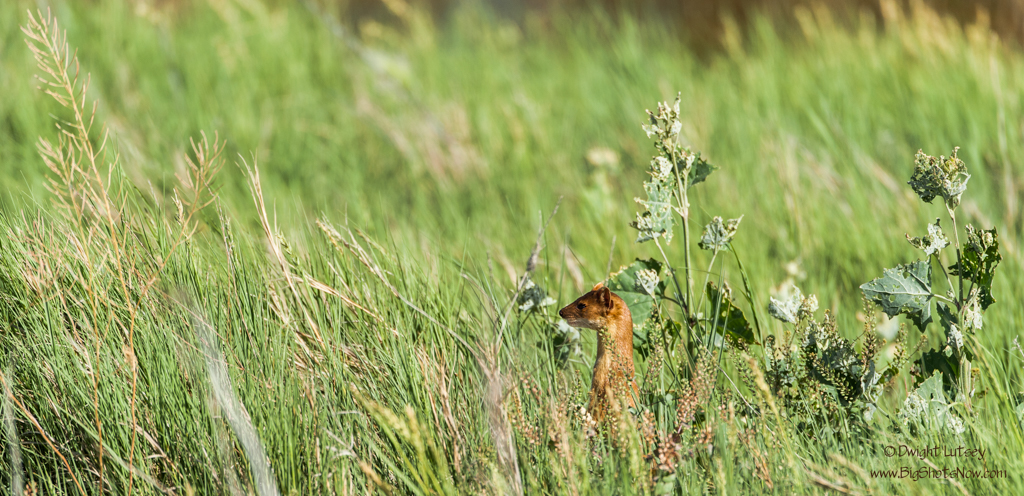

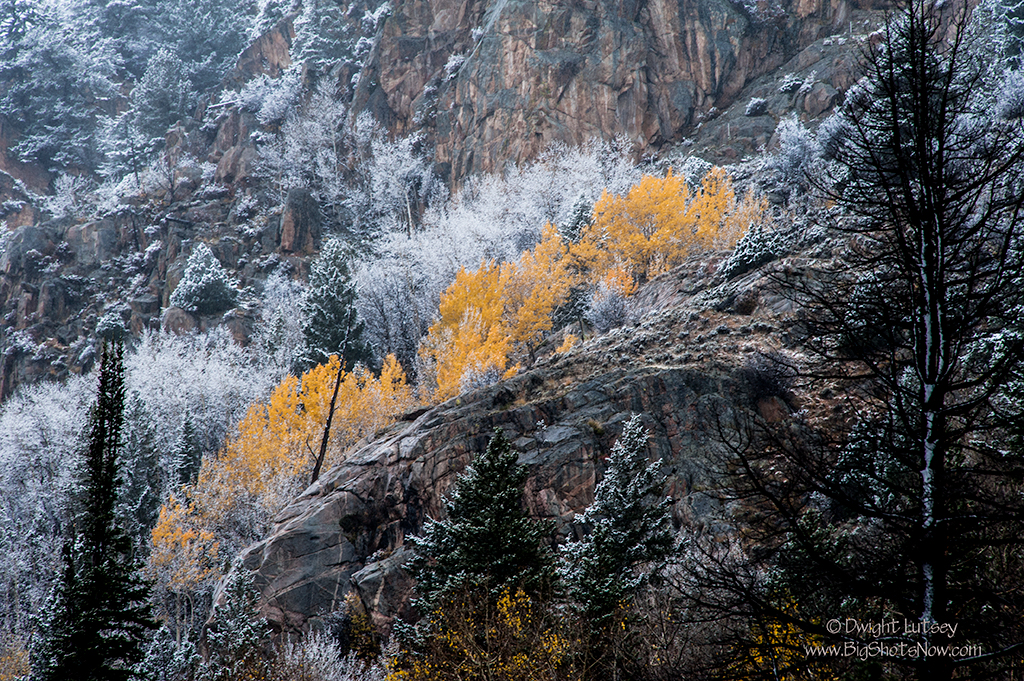
You must be logged in to post a comment.